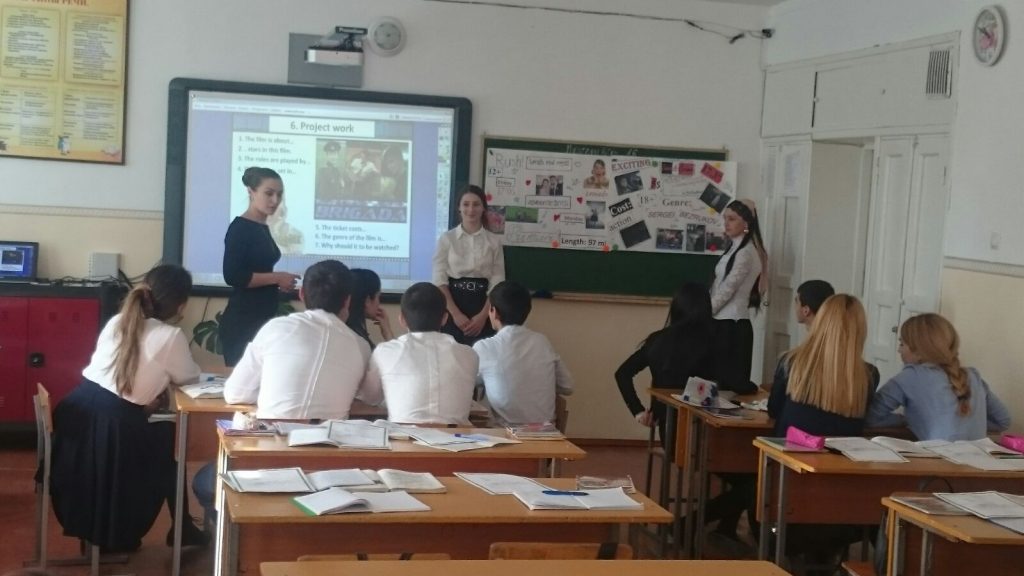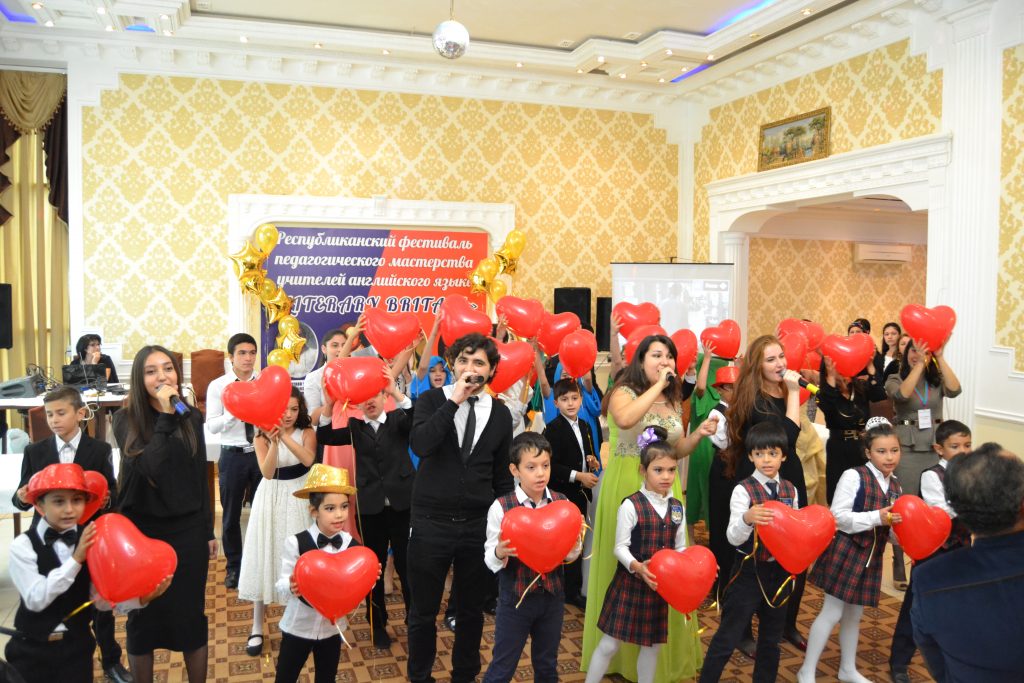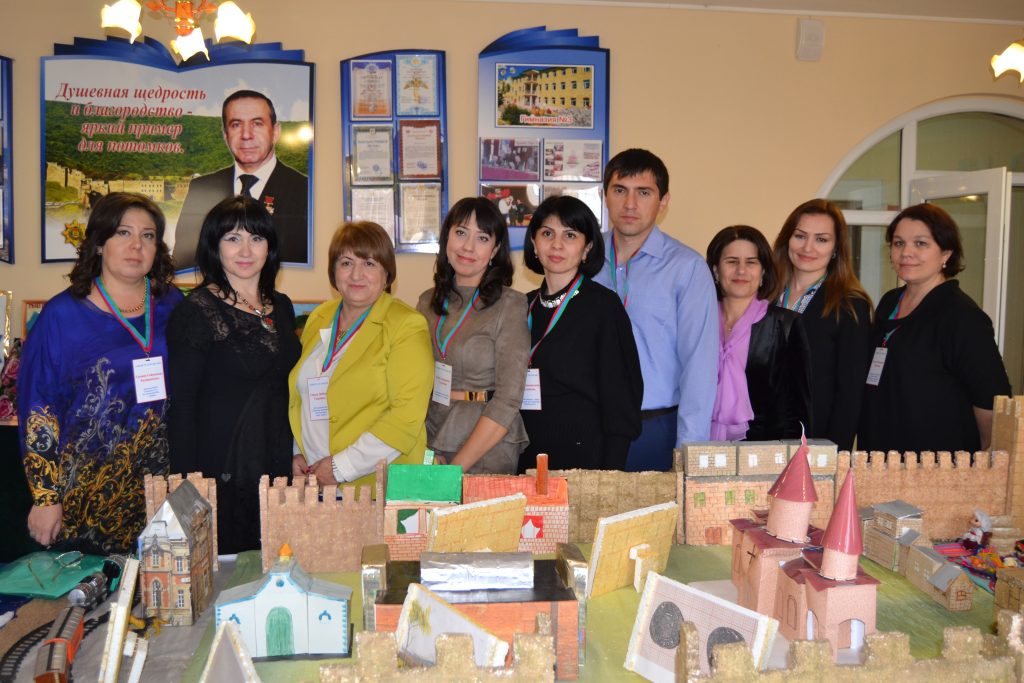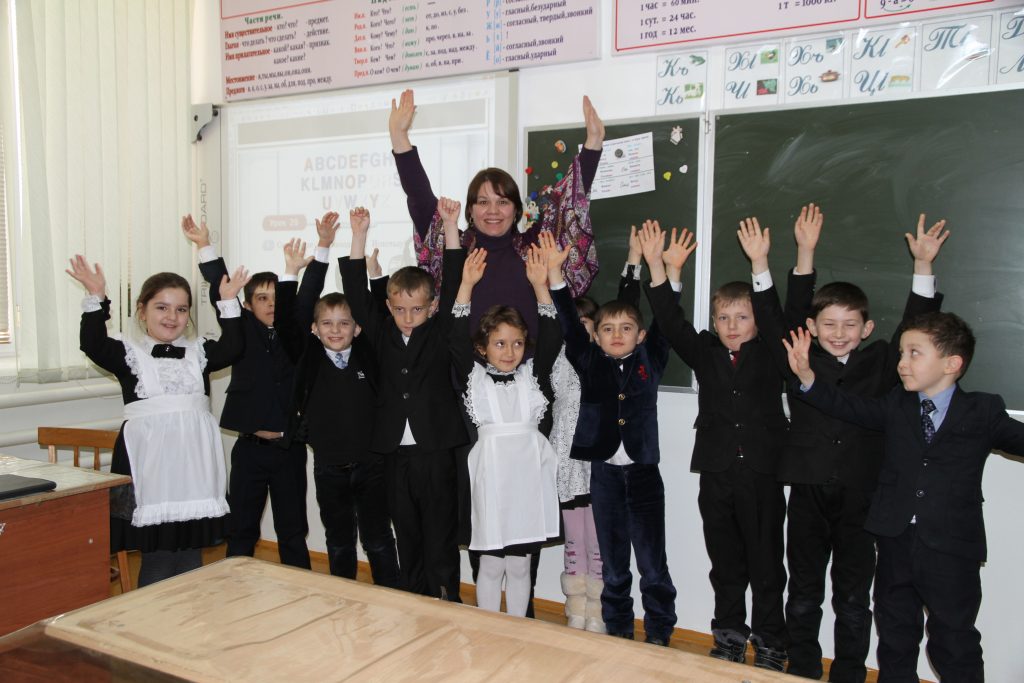Открытый урок на тему: «Российский кинематограф»
“Russian Cinematography”
Урок по теме “Киноиндустрия в России” является уроком совершенствования знаний и умений по теме, на котором осуществляется систематизация и обобщение новых, а также повторение и закрепление ранее усвоенных знаний.Данный урок целесообразно использовать при изучении темы “Что тебе помогает развлекаться?” по УМК “Английский язык” для 10-11 классов общеобразовательных учреждений (авторы В.П.Кузовлев, Н.М.Лапа, Э.Ш.Перегудова), модуль 6.
В начале урока учащиеся выясняют, почему им нравится ходить в кино, что им необходимо знать и сделать, чтобы пойти в кино, тем самым учащиеся выясняют, что им предстоит узнать на уроке и чему они научатся, т.е. самостоятельно ставят задачи урока, которые предстоим им решить, а также определяют тему урока.
Далее учащиеся вспоминают основные жанры фильмов, определяют жанр фильма по предложенным афишам, вспоминают ранее изученный лексический материал, который будет активно использоваться на уроке.
Одной из педтехнологий, которая используется на данном уроке, является проектная методика. Учащиеся в группах создают афишу кинофильма и готовят обзор выбранного ими фильма, а затем представляют свой проект остальным учащимся класса.
На следующем этапе учащиеся, работая в парах, выражают свои предпочтения одному из представленных группами фильмов и предлагают друг другу пойти в кино, тем самым демонстрируя умение аргументировать и доказывать свой выбор, умение реагировать на предложение, объяснять отказ.
Самостоятельная работа – чтение текста с извлечением конкретной информации в формате ЕГЭ.
На следующем этапе урока учащиеся, используя текст диалога в учебнике и схему диалога на экране (электронная презентация), выясняют какие фразы и речевые клише им помогут купить билет на понравившийся им фильм. Учащиеся строят свои собственные диалоги, используя речевые клише из диалога-модели в учебнике, а также афиши, которые были предложены и представлены группами в начале урока.
На заключительном этапе учащиеся учатся анализировать свою работу на уроке, самостоятельно оценивать себя при помощи листа-самооценки, выставляют себе отметку, а также выясняют, что не все перечисленные в списке умения у них сформированы и ставят задачи на следующий урок.
Данный урок построен на принципах системно-деятельностного подхода
- Принцип деятельности (ученик сам добывает информацию в процессе своей учебной деятельности под руководством учителя, приобретая способность к рефлексивному самоопределению).
- Разделенно-совместные действия – развитие личностных, регулятивных, коммуникативных универсальных учебных действий.
Формируемые регулятивных УУД:
- действия целеполагания,
- действия контроля,
- действия оценки и самооценки.
Формируемые познавательных УУД:
- действия по поиску и выделению необходимой информации,
- действия, связанные с осознанием и самостоятельным построением устного и письменного речевого высказывания,
- знаково-символические действия, включающие действия моделирования.
Формируемые коммуникативные УУД:
- умения выражать мысли в соответствии с задачами и условиями,
- планирование учебного сотрудничества,
- постановка вопросов,
- управление поведением партнера.
На уроке используется самостоятельная, групповая, фронтальная форма работы, а также работа в парах. На уроке осуществляется работа со всеми видами речевой деятельности: аудирование, чтение, говорение (диалогическая и монологическая речь) и письмо.
В качестве наглядного материала используются картинки, а также созданные учащимися проекты-афиши кинофильмов, презентация – схема диалога, речевые клише и активная лексика урока.
В ходе урока реализуется следующая схема, в которой ученик:
- сам формулирует проблему,
- сам находит ее решение,
- решает,
- самоконтролирует правильность этого решения.
Постоянное решение таких учебных задач выливается в систематическую самостоятельную поисковую деятельность, а самообучение превращается в проблемно-развивающее, в котором деятельностное начало соотносится с направленностью этой деятельности на личность учащегося. Тем самым достигается, как указывается в документах по Модернизации образования, новое качество образования, заключающееся в соответствии его результатов запросам индивида, формирование у школьников адекватного общечеловеческим ценностям отношения к собственной личности и окружающему миру, осознанное проявление этого отношения в деятельности, развитие индивидуальных интересов, социальной активности, что наиболее продуктивно в условиях личностно-деятельностного обучения.
Одной из технологий, направленной на реализацию личностно-ориентированного подхода, является проектная методика обучения, элемент которой был продемонстрирован на уроке. Проектирование предполагает наличие проблемы, которая носит практический характер и разрешается в процессе организации различных видов деятельности.
Цели урока.
Учебные цели:
1) совершенствование лексических навыков по теме “Кино”;
2) обучение чтению с извлечением конкретной информации;
3) совершенствование навыков письма.
Воспитательные цели:
1) воспитание уважительного отношения к культуре страны изучаемого языка и осознание культуры своей страны;
2) воспитание эстетического вкуса;
3) воспитание культуры поведения через освоения норм этикета.
Развивающие цели:
1) развитие познавательных интересов;
2) развитие творческих способностей и эстетического вкуса у учащихся при разработке проекта, воображения, творческого мышления и самостоятельности
3) развитие коммуникативных умений.
Учебные пособия:
- электроннаяпрезентация “Russian Cinematography”,
- функции интерактивной доски
Hachiko (trailer) https://www.youtube.com/watch?v=-UOVOvsPOwI
Ход урока
- The theme and the aims of the lesson.
T: Good morning, everybody! Nice to meet you. How are you today? Are you fine? Then, let’s start our lesson.
- Do you like watching TV? And what did you watch last time? Did you watch any film yesterday?
As for me I watched something interesting on TV and I want to show it to you. Watch the trailer and say what it teaches you? (просмотртрейлера). Have you ever watched this film? Who is the main actor of this film?
How do you think what we will discuss today?….
Ok, last lesson you learned some lexical units on this topic and your homework was ex.2.3) on p. 179.
- Checking homework (Ex.2.3) p.179). Brainstorming
- Let’s check your homework using Brainstorming technology. Look at this scheme and fill it in with necessary information from the text.What film corporations are spoken in the text about? What are professions of film industry? What kinds and genres of films have you learned? Do you know any actors? Tell their names.
- We have just discussed some facts about Hollywood. And what do you know about Russian films? Do you know when the history of Russian cinematography began? Who were famous actors and films?
- Let’s read the text about the history of Russian film industry and do the task. Your should choose the right variant if the statement is true, false or unstated.
The spreading of cinematography in Russia started with the demonstration of the Lumiere brothers’ film in May 1896 in St. Petersburg and Moscow and later in Nizhniy Novgorod. The first sound films simultaneously appeared in three countries, the USSR, the USA and Germany at the end of the 1920’s. In October 1929 the first sound cinema house started its work.
Since that time the Russian film industry was going its own way. It produced a great filmas FatherSergius (1918). A little later Russia’s great achievement in cinema was connected with its directors such as Eisenstein (The battleship “Potemkin”), Pudovkin (Mother), Kuleshov (By the law), Dovzhenko (Earth), and others.
Notable films from 1940s include AleksandrNevsky and Ivan the Terrible. Immediately after the end of the Second World War, the Soviet colour films such as The Stone Flower (1947), Ballad of Siberia (СказаниеоземлеСибирской, 1947), and The Kuban Cossacks (Кубанскиеказаки, 1949) were released.
In the late 1950s and early 1960s Soviet films began to be recognised outside the Soviet Union such as Ballad of a Soldier which won the 1961 Award for Best Film and The CranesAre Flying. Height (Высота, 1957) is considered to be one of the best films of the 1950s.
In the 1970s a range of films won international attention, including Andrei Tarkovsky’s Solaris; Seventeen Instants of Spring, which created the immortal character of StandartenführerStirlitz; White Sun of the Desert (1970).
Now film industry in Russia is rapidly developed. More than twenty films are produced every year. Great directors such as Nikita Mikhalkov, AndronKonchalovskiy, TimurBikmambetov and many others contribute to this process.
| |
True/False/Unstated |
| The Lumiere brothers’ film was the first step into the development of Russian cinematography |
True |
| The first sound films simultaneously appeared in the USSR, the UK and Germany |
False |
| The film “The battleship “Potemkin” was the first colour film |
Unstated |
| “The Stone flower” won the 1961 Award for Best Film |
False |
| More than 12 films are produced every year |
False |
- Word-building
As the text says “More than twenty films are produced in Russia every year”, who makes a film? What kind of professions are necessary in shooting films?
The cast
|
Noun (person) |
| act |
|
| produce |
|
| direct |
|
| write |
|
| operate |
|
| photograph |
|
| animate |
|
| compose |
|
- Project Work“Making a poster and a film review”
Imagine you have made your own film. ..Work in groups.Make a poster. Choose a film. Don’t forget to mention
- thegenreofthefilm
- thedirector
- thecast
- date\time of the showing
- thepriceoftheticket
I want to give you some photos, arrange them according your wishes, make a beautiful poster.
- Защита проектов
7. Self-evaluation
Student’sname _________________________
|
Levelreached |
| poor |
fair |
good |
excellent |
| Now I can
Talk about types of films |
|
|
|
|
| Expresspreferences |
|
|
|
|
| Understandinformationaboutfilms |
|
|
|
|
| Write a poster |
|
|
|
|
| Write a filmreview |
|
|
|
|
| Understand genres of films |
|
|
|
|
My mark is _____________________
T: What can’t you do still?
P’s suggested answer: I can’t write a film review.
T: Well, next time we’ll learn how to write film reviews.
- Homework: Watch the film “Hachiko” and write an essay about it.
Открытый урок «Российский кинематограф»


 По окончании занятия дети смогут:
По окончании занятия дети смогут:







